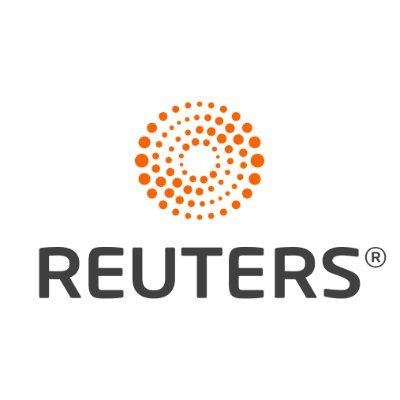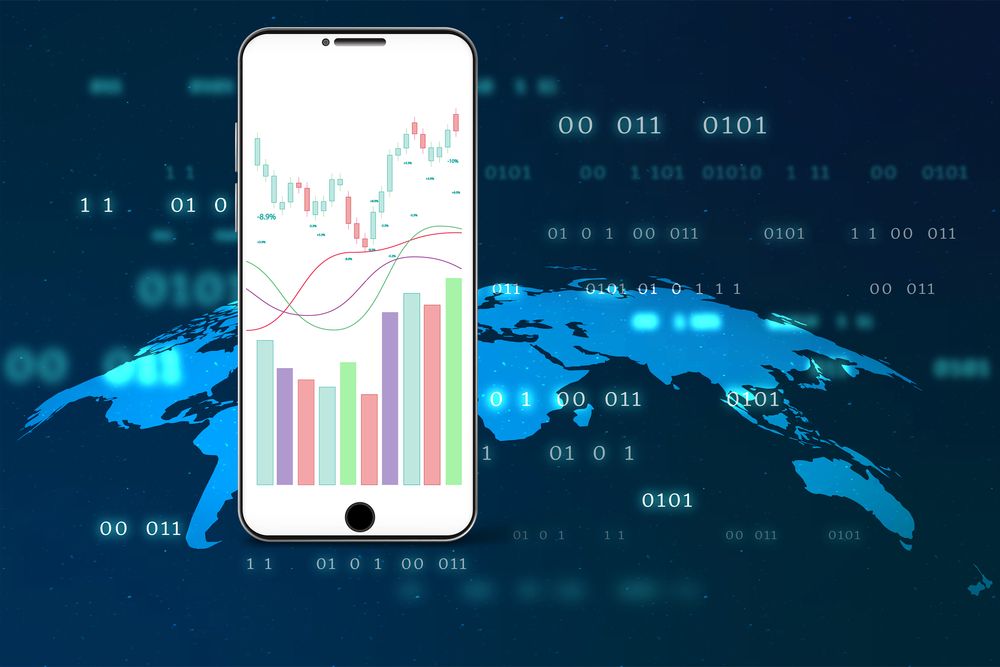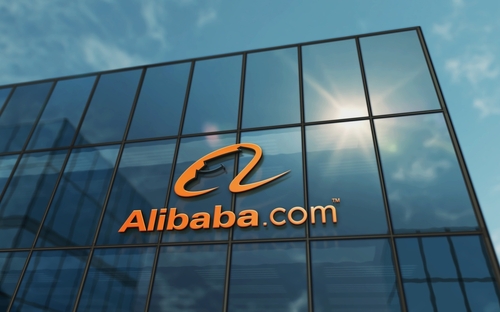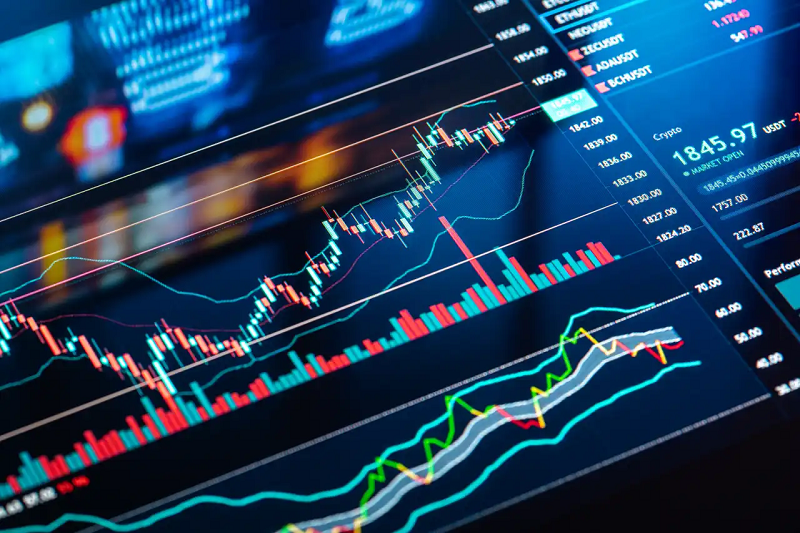Australia, NZ dollars firm on shift in rates outlook

By Stella Qiu
SYDNEY, Nov 27 (Reuters) - The Australian and New Zealand dollars gained on Thursday, buoyed by shifting market views that monetary policy easing cycles in both countries are over, or close to an end.
The kiwi NZD= gained 0.5% to $0.5730, the highest in more than three weeks, after jumping 1.4% overnight after the Reserve Bank of New Zealand flagged it is now done easing after cutting rates to 2.25%, the lowest in over three years.
RBNZ officials on Thursday sounded confident about the ongoing economic recovery in testimony before parliament. Indeed, data showed retail sales rose 1.9% in the third quarter, more than double the previous pace, while business confidence jumped to the highest in a decade.
"We're starting to see households dusting off their credit cards," said Satish Ranchhod, a senior economist at Westpac New Zealand, adding that the data meant the economy likely grew at a quarterly rate of 0.4% last quarter.
"We expect that continuing falls in borrowing costs will help to support spending over the holiday season and into the new year."
Two-year swap rates NZDSM3NB2Y= jumped another 8 basis points to 2.7529%, on top of a rise of 8 bps on Wednesday, as markets shifted to price in a total tightening of 35 basis points by the end of next year.
The Aussie AUD= rose 0.2% to $0.6534, having rallied 0.8% overnight to move decisively away from a three-month low of $0.6422. It faces resistance around $0.6590, with support at the 200-day moving average of $0.6463.
A hot inflation reading has sealed the case that the Reserve Bank of Australia's current policy easing is now over after three rate cuts, with some economists predicting that the next move could be up rather than down.
Data on Thursday showed that business investment surged 6.4% in the third quarter helped by strength in data centres and logistics, suggesting some upside risks to economic growth in the quarter.
A long-awaited lift in business investment is welcome news for the RBA and should help productivity at a time when the central bank is concerned that limited spare capacity in the economy could push up inflation.
Swaps imply just a 15% chance that the RBA will cut rates again next year, while there is a 30% risk of a hike coming around the end of 2026.







